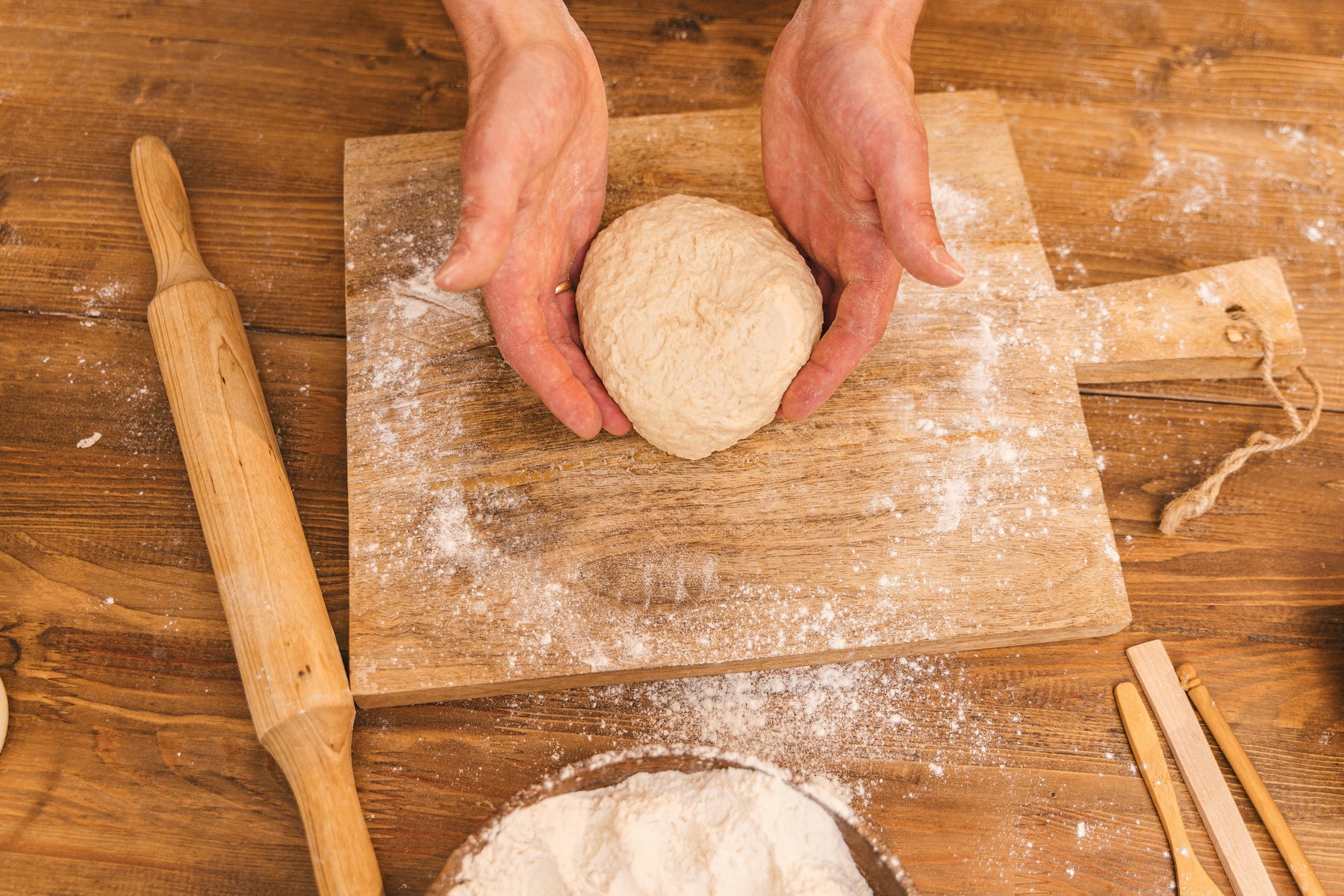
Cold Fermentation vs. Same-Day Dough: Which Is Better for Pizza?
When it comes to making pizza dough, time is one of the most important ingredients. Some recipes call for quick, same-day dough while others swear by slow, cold fermentation. But which method actually delivers better pizza?
In this guide, we’ll compare cold fermentation and same-day dough to help you choose the best approach for your next pizza night.
What Is Cold Fermentation?
Cold fermentation involves letting your dough rise slowly in the refrigerator, typically for 24 to 72 hours. This extended rest period allows the yeast to work at a slower pace, developing deeper flavors and improving texture.
Key Benefits:
- Enhanced flavor with subtle sourdough-like complexity
- Better gluten development for improved stretch
- Chewier, crispier crust after baking
What Is Same-Day Dough?
Same-day dough is mixed, proofed, and baked all within a few hours. It’s ideal for those who want pizza on the same day without planning ahead.
Key Benefits:
- Quick and convenient—ready in 2 to 4 hours
- Good for casual, spontaneous pizza making
- Softer, more bread-like texture
Cold Fermentation vs. Same-Day Dough: Side-by-Side Comparison
| Feature | Cold Fermentation | Same-Day Dough |
|---|---|---|
| Flavor | Richer, complex, slightly tangy | Milder, less developed |
| Texture | Chewy, crisp exterior, airy interior | Softer, breadier crumb |
| Gluten Structure | Strong, elastic, easier to stretch | Weaker, can tear more easily |
| Time Required | 24-72 hours (refrigerated) | 2-4 hours (room temperature) |
| Best For | Neapolitan, New York-style, artisan pizzas | Quick weeknight pizzas, thick-crust pies |
Which One Should You Use?
If you’re after pizzeria-quality pizza with great flavor and texture, cold fermentation is the way to go. It requires more planning but delivers superior results. On the other hand, same-day dough is perfectly fine for casual pizza nights where convenience matters more than perfection.
Pro Tips for Cold Fermentation Success
- Use a proofing box or airtight container to prevent drying out.
- After cold fermentation, let the dough rest at room temperature for 1-2 hours before shaping.
- Plan your pizza night 2-3 days ahead for the best flavor payoff.
Final Thoughts
Both methods have their place in pizza-making. Cold fermentation is ideal for serious pizza enthusiasts, while same-day dough is great for quick, no-fuss pizza cravings. Whichever you choose, understanding the differences will help you make better pizza every time.
Ready to perfect your pizza dough? Explore our Dough Mixers to streamline your dough prep, and check out our Pizza Ovens for that professional-grade bake at home.

